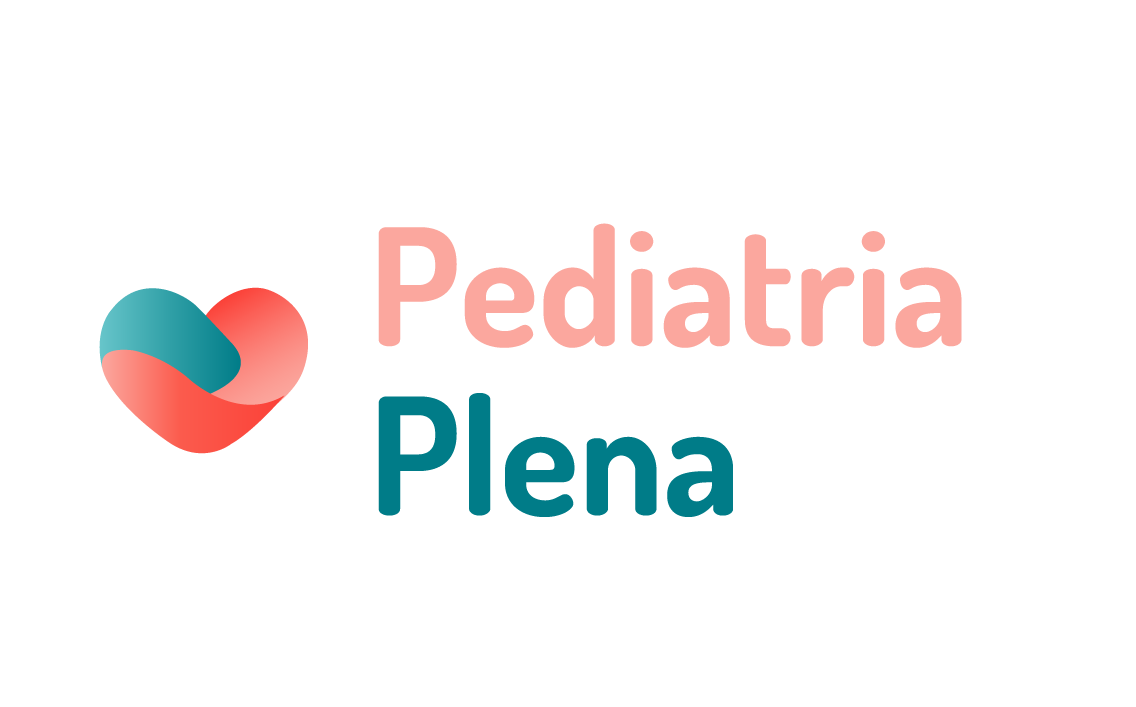The scope statement details the architecture deliverables, helps describe the major objectives, and describes the boundaries of the architecture. However, the definition of logical application components can only be confirmed during the architectural analysis for each domain. - Obtain management commitment for this cycle of the ADM. - Define and organize an Architecture Development Cycle. The Architecture Vision is essentially the architect's "elevator pitch" - the key opportunity to sell the benefits of the Example domains may ensure that the Architecture Capability is suitable to address the scope of the architecture project (see the TOGAF Standard Applying the ADM). <>, < Hot Air Balloon Festival Kansas City 2022,
Neighbour Driving Over Grass Verge,
Ellis Bay Wma Sika Hunting,
Which Northern Ireland Football Teams Are Catholic?,
Shift Names Toponyms,
Articles T
